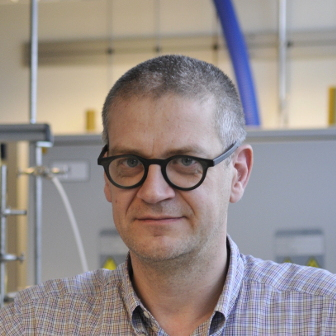Christophe Copéret
ETH Zürich
Department of Chemistry and Applied Biosciences
Tuesday, 26th April 2023,15:00 s.t.
The talk will be given in hybrid mode.
You can either attend in physical presence:
TU Wien, Institute of Applied Physics,
Wiedner Hauptstraße 8-10, 1040 Vienna
Green Tower “A”, Seminar Room DA 02 GEO (2nd floor)
Or you join via Zoom:
https://tuwien.zoom.us/j/64505060111

Surface Organometallic Chemistry for Controlled Functionalization and Molecular Understanding of Surfaces: Supported Single-Site Catalysts and Beyond
Homogeneous and heterogeneous catalysts have, each, specific advantages. While homogeneous catalysts are typically associated with efficient chemical transformations at low temperatures (high selectivity) and molecular understanding of catalytic events (structure – activity relationship), heterogeneous systems are typically preferred in term of process intensification (easier regeneration and separation processes). Here, we will show how it is possible to combine the advantages of homogeneous and heterogeneous catalysts by the controlled functionalization of the surfaces of oxide materials and the characterization of surface species at the molecular level, thus allowing more predictive rational approaches [1a, 1b]. We will illustrate the power of this approach with the development of well-defined “single-sites” focusing in the first part on olefin metathesis catalysts [2], whose performance and stability can now exceed these of both homogeneous and heterogeneous catalysts. With our current level of understanding of surfaces, we will also discuss new directions in this field, i.e. understanding defect sites of surfaces and metal-support interactions at the molecular level, introducing diversity in oxide chemistry, controlling the growth of nanoparticles [3a, 3b], the development of NMR techniques for theexpeditious characterization of surface species [4a, 4b].
